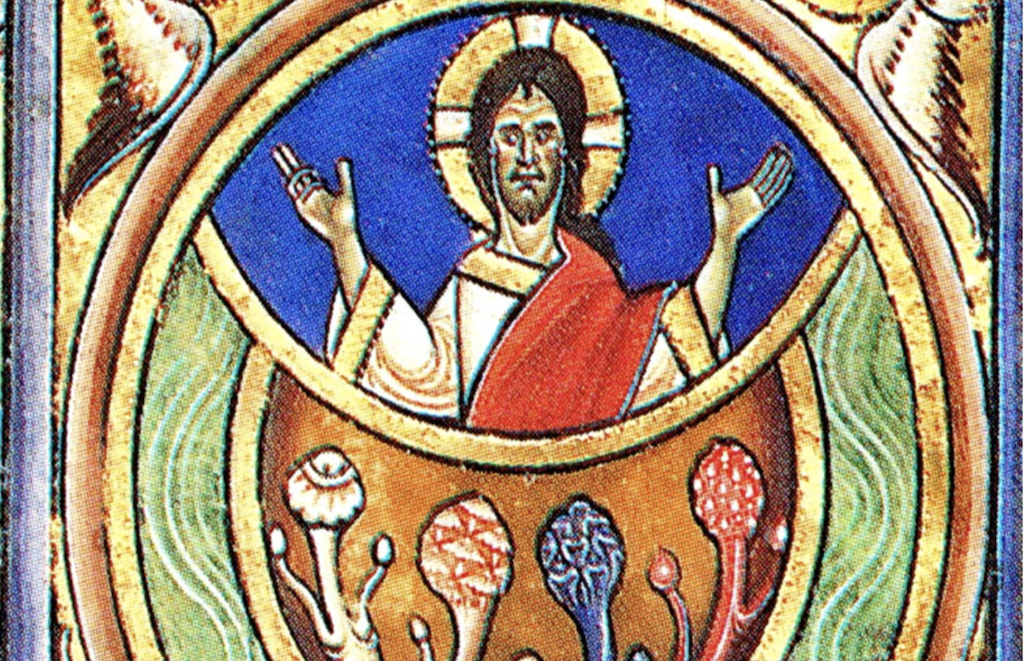
In the mid-1950s John Marco Allegro was a renowned philologist and archaeologist. His primary and most successful work was around the Dead Sea Scrolls or Pesharim. These rare manuscripts were and are still considered one of the most important finds in the history of archaeology. They have enormous historical, religious, and linguistic significance as they included the oldest surviving versions of entire books later included in the biblical canons.
These manuscripts not only preserved evidence of the diversity of religious thought in late Second Temple Judaism but cast entirely new light on Christianity’s emergence and Rabbinic Judaism. While fragments were being discovered around the Dead Sea area, it was only on Allegro’s recommendation in 1955 that the Copper Scroll, the largest of the scrolls, was sent by the Jordanian government to Manchester University for it to be cut into sections, allowing the text to be read.
Allegro was present during the cutting process in 1956. He later made an initial transcription of the text, which he soon translated and sent back to his colleagues in Manchester. After years of toiling over transcriptions, edits, and disagreements – on one occasion becoming an all-out mutiny against Allegro’s supposed mistranslations of the texts – the texts were finally published.
But it was after the publication of two of his books, The Dead Sea Scrolls (1958) and The People of the Dead Sea Scrolls (1958) – both widely regarded as the most authoritative on the subject – that things began to unravel.

Allegro began to argue against most authorities in the field – and probably just a few more people, too – that Jesus was a walking mushroom. He was also pugnacious in his argument that the God of the Old Testament was “a mighty penis in the heavens who in a thunderous climax of the storm ejaculated semen upon the furrows of Mother Earth”.
His argument was primarily based on his hell-bent belief that Christianity was a cryptic version of ancient sex cults inspired by the hallucinogenic mushroom Amanita muscaria, and Jesus in the Gospels, a code for a type of hallucinogen.
As the 1960s wore on, his theories became increasingly distinctive, and his obsession with mushrooms grew. In 1967 he acquired a following among adherents of the counter-culture by tracing the roots of Christianity to this ‘a phallic, drug-taking mystery cult’, the Essenes.
In his books The Sacred Mushroom and the Cross and The Dead Sea Scrolls and the Christian Myth (1979), Allegro put forward the theory that stories of early Christianity originated in this Essene clandestine cult centred around the use of psychedelic mushrooms, and that the New Testament was the coded record of this shamanistic cult.
Allegro further argued that the authors of the Christian gospels did not understand the Essene thought. When they transcribed the Gospels based on the stories they had heard, the evangelists confused the scrolls’ meaning. According to Allegro, the Christian tradition was based on simply misunderstanding the scrolls. A writer, Mark Hall, describes that Allegro suggested the Dead Sea Scrolls all but proved that a historical Jesus never existed.
Unsurprisingly, Allegro’s theories were not accepted by everyone in the academic establishment. The historian Dr Henry Chadwick wrote in the Daily Telegraph that there was “no particle of evidence for all this exciting conjecture. Allegro’s work reads like a Semitic philologist’s erotic nightmare after consuming a highly indigestible meal of hallucinogenic fungi.”
Allegro denied that he had ever consumed this particular mushroom.
“I wouldn’t be so bloody stupid,” he affirmed.






1 Comment
I love a bit of biblical opposition, the fate of human kind balanced against that of another dimension.
Why not for Christ’s sake